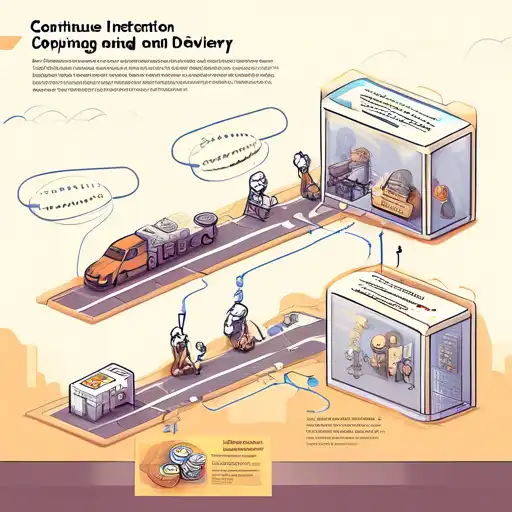What is Continuous Integration and Delivery?
Continuous Integration (CI) and Continuous Delivery (CD) are pivotal practices in modern software development, aimed at improving the speed and quality of software releases. CI/CD automates the integration of code changes from multiple contributors into a single software project, ensuring that the software can be reliably released at any time.
The Benefits of CI/CD
Implementing CI/CD brings numerous benefits to development teams, including:
- Reduced integration problems
- Faster release rates
- Higher quality software
- Improved team productivity
By automating the build, test, and deployment processes, teams can focus more on development and less on the logistics of software release.
How CI/CD Works
CI/CD pipelines are the backbone of these practices. A typical pipeline includes:
- Code commit to a shared repository
- Automated build and test processes
- Deployment to production or staging environments
Tools like Jenkins, Travis CI, and CircleCI are commonly used to automate these steps, ensuring that every code change is verified and ready for release.
Best Practices for CI/CD
To maximize the effectiveness of CI/CD, teams should adhere to the following best practices:
- Maintain a single source repository
- Automate the build process
- Make the build self-testing
- Ensure fast builds
- Test in a clone of the production environment
These practices help in minimizing errors and ensuring that the software is always in a releasable state.
Challenges in Implementing CI/CD
Despite its benefits, implementing CI/CD can present challenges, such as:
- Initial setup complexity
- Cultural resistance within teams
- Need for continuous monitoring
Overcoming these challenges requires commitment from all team members and a willingness to adapt to new workflows.
Conclusion
Continuous Integration and Delivery are essential practices for teams aiming to deliver high-quality software rapidly and efficiently. By automating the integration and delivery processes, teams can reduce errors, save time, and focus on creating value for their users. For more insights into optimizing your development workflow, explore our guide on Agile Development Practices.
